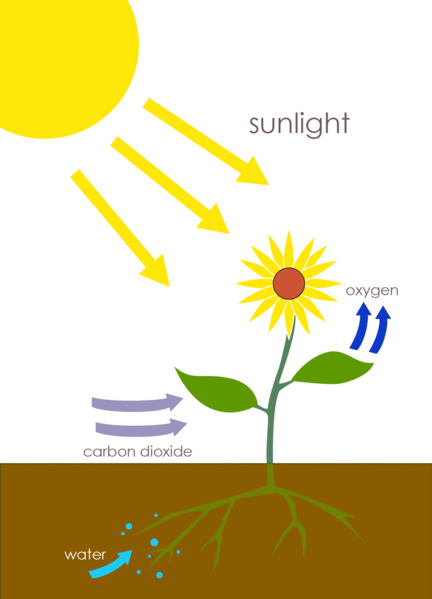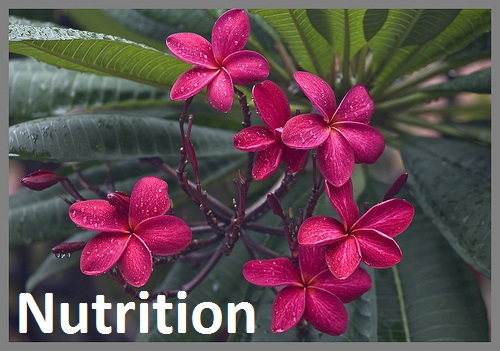Nutrition & Survival:
Bring on the sun baby!
All plants need the sun to make their food. They must convert
the sunlight into sugar for food. The conversion process begins
by capturing light energy that comes from the sun. The
chloroplasts of plants are responsible for converting the light
energy into chemical energy and storing it in the form of sugar
and other organic molecules. Plants are autotrophs, which means
that as long as they have water, minerals from the soil, and CO2
from the air, they can make their own food.

The first order of business is acquiring the water. The water is
pulled up by the xylem which are
transport vessels in the stems. It just so happens that
the Frangipani don't need very much water in their environment
in order to perform photosynthesis. They can withstand high
temperatures for long periods of time and therefore they are
very drought resistant.

Note: Frangipani grow best in slightly acidic or alkaline soil
that is well-drained and with plentiful sunshine.
The second order is transporting the converted sugars to the
plant areas that need energy. This is done by tissues called
phloem. The sugar that is produced by photosynthesis in plants
is stored as starch.
How do plants breathe?
The CO2 that we exhale into the air is used in the
process of photosynthesis, and the O2 that we, as
humans, need to breathe is a byproduct of photosynthesis. This
exchange of CO2 and O2 gas occurs in small
mouth-like openings in the leaf called stomata. You probably
know that we need O2 for respiration in order to
live. We exhibit a mutualistically beneficial relationship with
plants in that we provide CO2 for them and they
provide O2 for us to survive!
All organisms need the proper nutrition to grow and thrive and
continue the species... Check out the
Reproduction page to see just how the continuation of
species works for the Frangipani!
![]()
![]()
Take me Home
